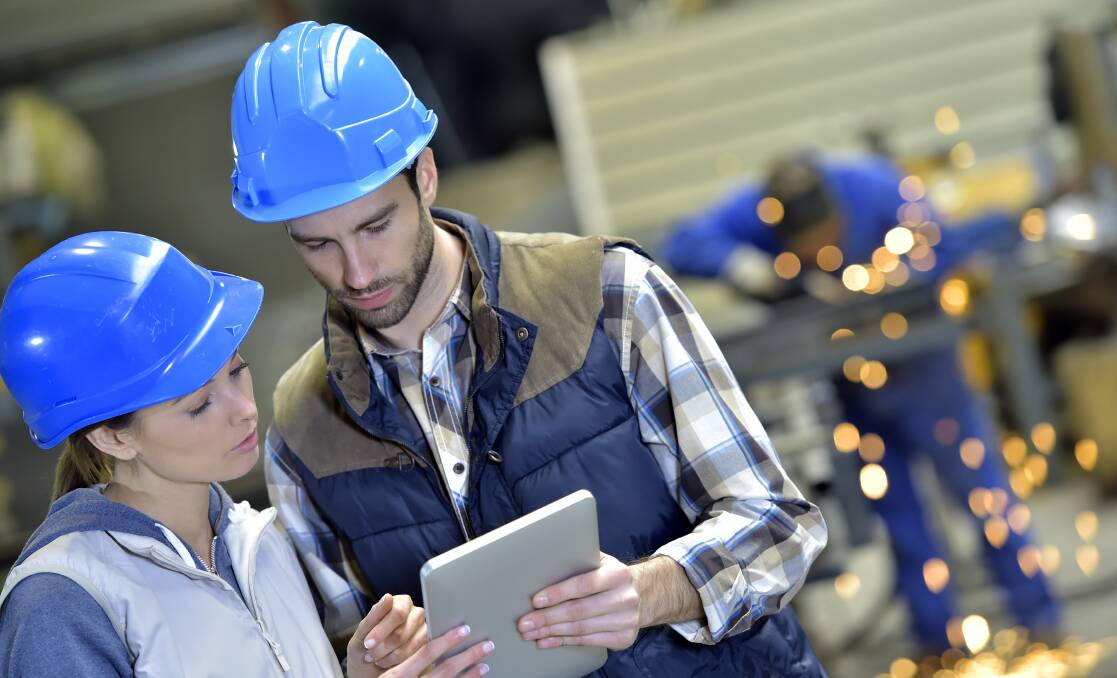Innovation in safety: The tech trends transforming OHS/WHS consulting

This is branded content.
There's no doubt that technology and related trends are having a big impact on the world of workplace health and safety. As technology continues to advance at a rapid rate, a range of different tools have become available for WHS consultants. These various tools make safety consulting more effective, more efficient and improve safety outcomes.
Improved safety software
Various software and programs have been developed by safety professionals in the past few years, each improving on the last. These programs provide utility in a range of different ways, for employees, management, and owners. They also allow consultants to deliver information and training in a more centralised and efficient manner.
Certain programs act as documentation hubs, where managers can store documents for processes and policies. This software usually utilises cloud storage, allowing essential documentation such as Safe Work Method Statement (SWMS) paperwork to be accessed from anywhere.
Training software is becoming more powerful, allowing safety consultants to deliver high-quality training in a remote setting. These days, training applications can provide an extensive library of training materials, content, and classes. They are easily updated and accessible from multiple locations.
Wearable safety technology
Personal Protective Equipment (PPE) is an essential component when it comes to workplace safety across a range of industries. Technology has now advanced to the point where wearable safety technology is becoming more common. This includes sensors, vests, and even smart helmets that can help detect and defend against risks and hazards.
This kind of technology may not impact safety consultants directly. However, it provides yet another layer of protection for employees, which can help to streamline certain systems and processes. Safety consultants may also recommend the implementation of this technology in certain workplaces, if available.
Artificial intelligence (AI)
Artificial Intelligence (AI) continues to make waves in virtually every industry. Workplace safety consultants can utilise AI in a number of ways, creating efficient processes, identifying risk factors, and creating more effective safety frameworks. AI can also process large amounts of data in rapid fashion, with a very high degree of accuracy. It can then utilise predictive analytics to provide essential insights and suggestions to improve safety in the workplace based on data.

Mobile applications and programs
Safety software and programs are one thing, but mobile applications add another layer of efficiency to workplace safety processes. Safety consultants can utilise applications for more effective communication with clients, providing advice, and keeping information centralised and secure.
Mobile applications can also streamline auditing and safety inspection processes by providing checklists and a place to record observations. Consultants can quickly record any risks or hazards that may be present in the workplace in question, and offer prompt advice and recommendations to clients on how to eliminate or manage them.
Recording data in the form of images or video is incredibly useful. Previously, consultants may have had to save the recording to their smartphone and then upload it to a drive or program later on. Now, however, they can utilise applications to record and store information in a safe and secure manner.
Mobile applications continue to develop rapidly, offering a range of effective solutions to streamline processes for safety consultants.
Augmented reality (AR)
Training is the foundation of safe practices and processes in the workplace. It can be conducted in a number of ways, including in person and remotely/online. These days, augmented reality offers a way for employees to train in a mock live environment, without the associated risks.
Immersive training experiences are an excellent way to teach safe practices in a range of dangerous scenarios while dealing with all types of hazards. The environment remains safe and controlled throughout but allows employees to explore scenarios such as dealing with live wires, malfunctioning machinery, and emergency response.
Technology continues to develop at a rapid pace, providing ample opportunities for safety consultants to streamline their processes and provide even more effective solutions.


